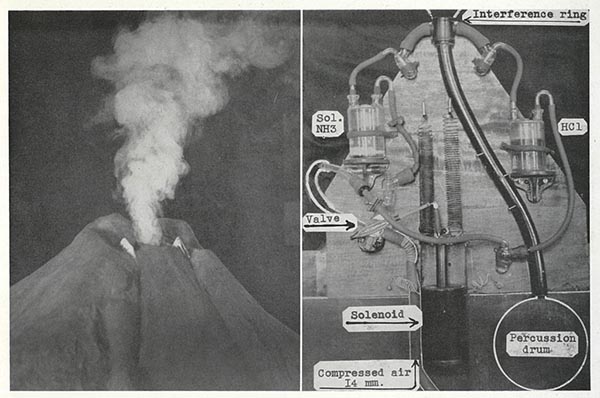
Forecasting Earth Futures
This is the second in a series of posts by scholars who attended the Anthropocene Campus Melbourne, an event hosted in September by Deakin University as part of the larger Anthropocene Curriculum project. Over the four days of the Campus, 110 participants from 49 universities (plus several art institutions and museums) attended keynotes, art exhibits, field trips, and workshops based around the theme of ‘the elemental’. Read the first post in the series here. It is not difficult to recognize the ubiquity of nature forecasting in our world. Every day we hear some claim about the future of nature: what it will do, where its consequences will be felt, and by whom. Not only is mundane weather forecasting integral to daily life, even climate change is structured by experts’ claims about the future of oceans, temperature, and carbon levels. In the early 20th century, when weather forecasts began to share media space with economic digests, even the economy took on the language of weather forecasts and began to be described in terms such as “economic barometers.” The fundamental structures of society began to act like the weather; they too were liable to depressions and tempests. My intention here is not to make a forecast but to understand the process of forecasting itself. This means understanding how futures emerge and pass away, how they are discarded, mobilized, distributed, and enacted in the present. The future, in this sense, is not self-evidently given but is something that is brought into being; something that is achieved. (Listen Now...)
